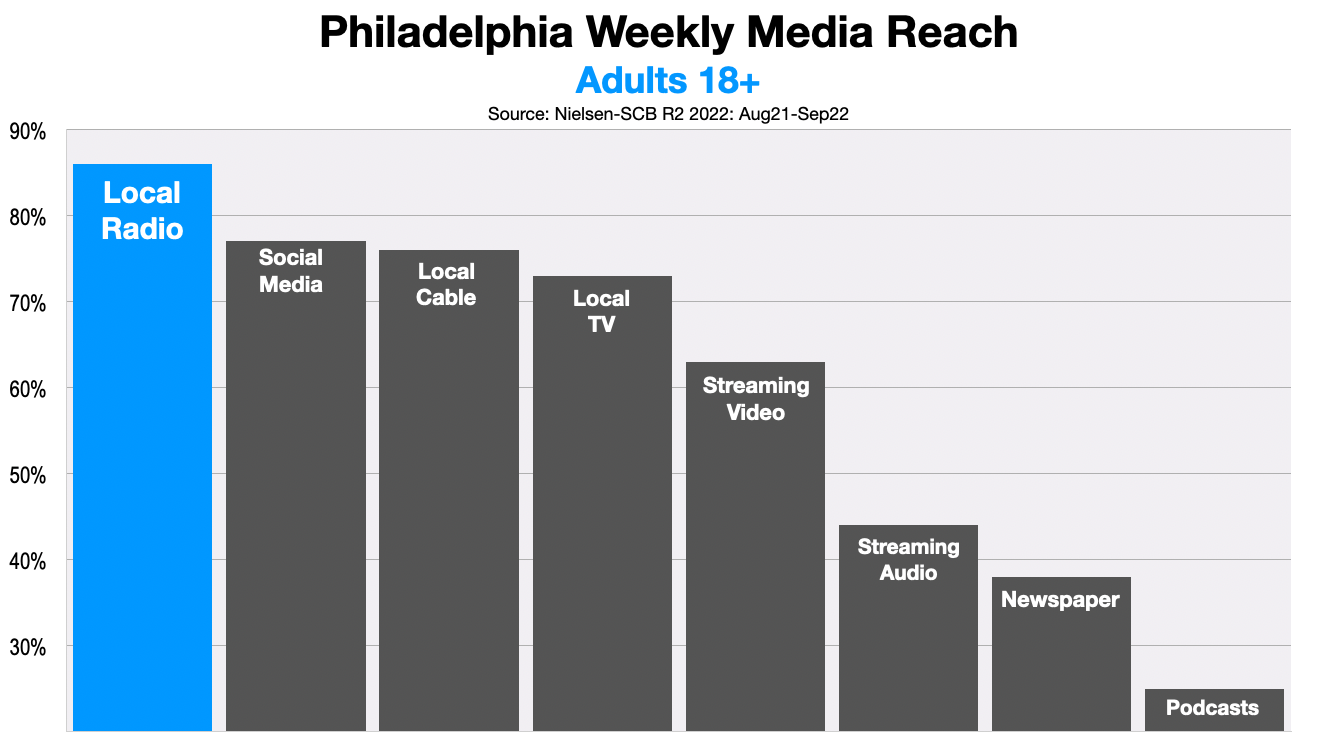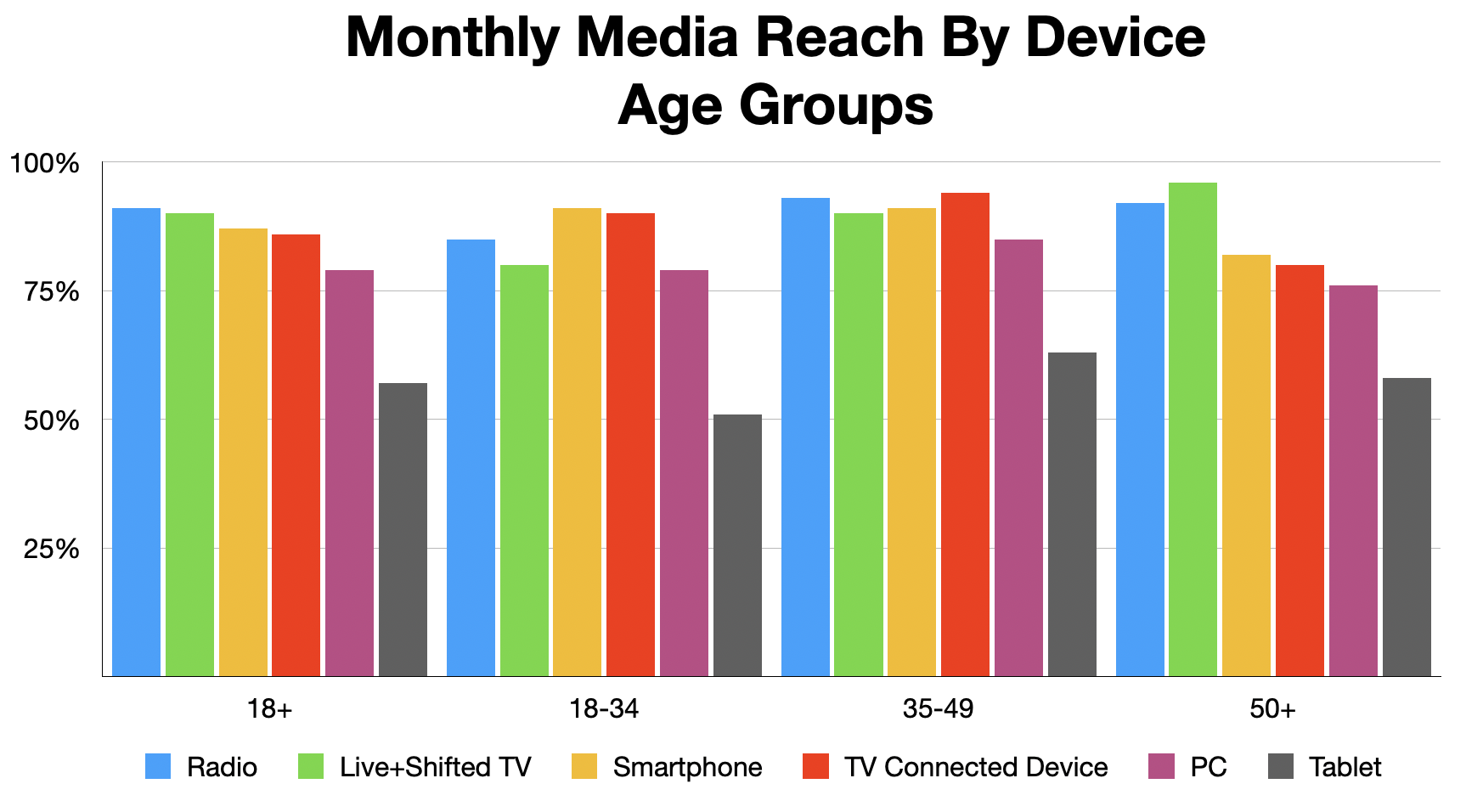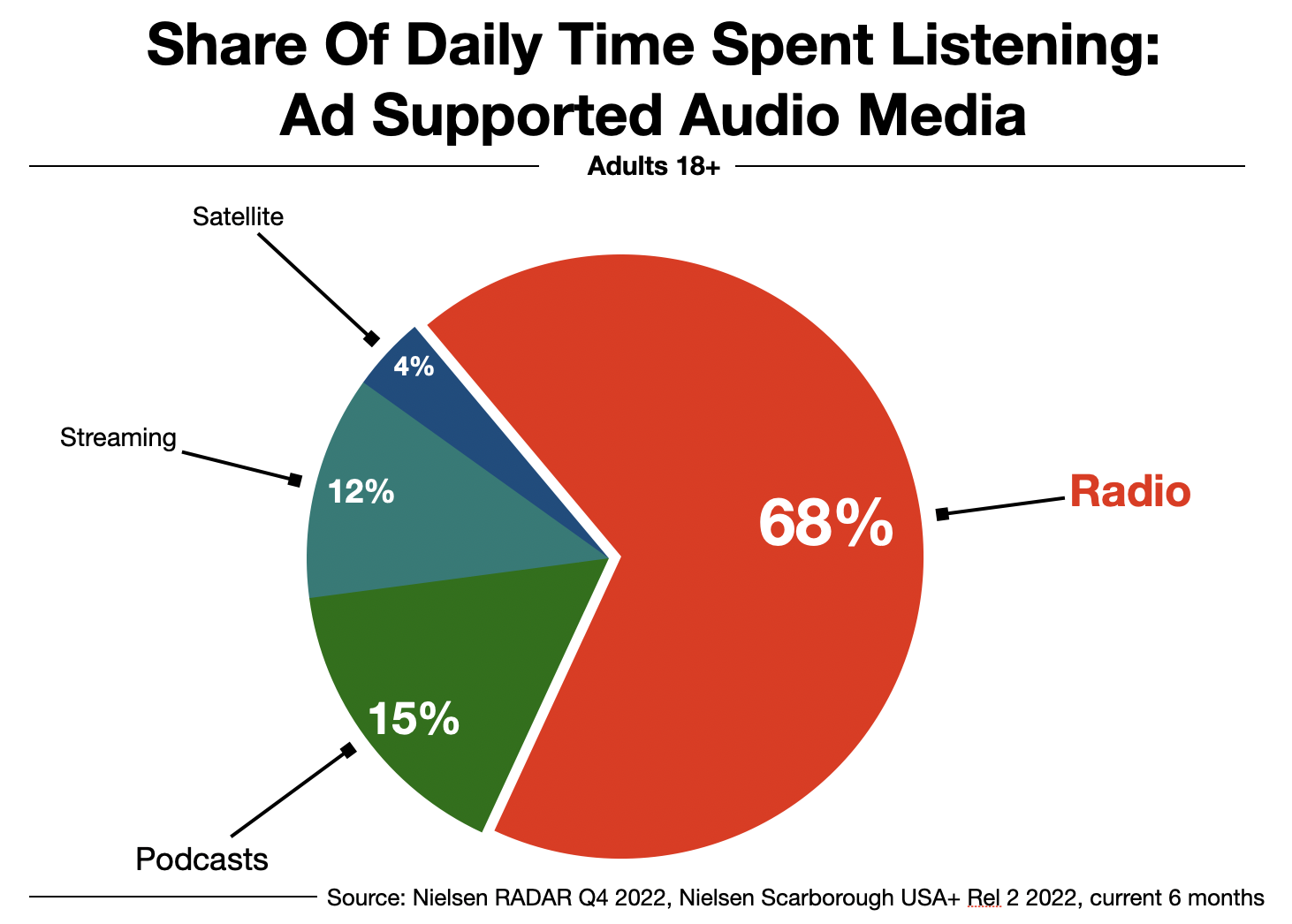 “Back-to-class shopping is one of the most important consumer shopping occasions of the year," says Matthew Shay, President and CEO of the National Reosttail Federation (NRF). "Our research for 2023 shows American consumers are eager to jumpstart their back-to-school and college purchases early."
“Back-to-class shopping is one of the most important consumer shopping occasions of the year," says Matthew Shay, President and CEO of the National Reosttail Federation (NRF). "Our research for 2023 shows American consumers are eager to jumpstart their back-to-school and college purchases early."
Based on per capita spending estimates from the NRF, Philadelphia area parents are expected to spend a record $710,601,187 to prepare more than 780,500 children returning to grades K-12. These expenditures will exceed 2022 back-to-school sales by 12.5%
Expenditures to equip K-12 students in the Philadelphia area will be on:
- Clothing: $260.2 million
- Shoes: $205.4 million
- Supplies: $133.3 million
- Electronics: $111.2 million
In addition to expenditures for K-12, $1.6 billion is expected to be spent in the Philadelphia area to prepare college students for their return to campus. This is 27% more than was spent last year. Another record.
The biggest spending categories to equip Philadelphia area college students in 2023 will include:
- Electronics: $397.2 million
- Dorm/Apartment Furniture: $224.3 million
- Clothing: $214.1 million
- Food Items: $178.1 million
In order to capture the largest portion of this record back-to-class cash, Philadelphia small business owners will need to fight to keep these dollars local. According to the NRF, a painful majority of shoppers plan to buy online and in department stores. While only 13-15% of consumers plan to buy locally.
Keeping more of these dollars local will require Philadelphia area retailers and service providers to convince consumers of the value and benefits of shopping locally. The best way to accomplish this objective is to advertise. Based on most success metrics, the best way to market local goods and services is by advertising on Philadelphia radio.

Every week, according to Nielsen, Philadelphia radio reaches 3,740,743 adult consumers. This reach is significantly higher than all other advertising options including local TV, cable, social media, streaming video, online audio, and newspapers.
Reach, according to Nielsen, is the audience metric most responsible for driving the success of an advertising campaign. Only the message itself carries more sway.
According to additional data released this month by Nielsen, not only does AM/FM radio reach more adults each week, but the medium also reaches more adults every single month. This is true among almost every imaginable demographic segment.
Among all ad-supported audio options, according to Nielsen's new research, AM/FM radio commands the greatest time spent listening every day. In other words, adult consumers spend more time listening to local radio than with choices such as YouTube, Pandora, Spotify, Podcasts, and Sirius/XM.
Local business owners may wonder why Philadelphia radio, an early 20th-century technology remains the dominant advertising medium among adult consumers.
According to the 2023 Media Techsurvey from Jacobs Media, these are the three main reasons listeners choose to spend the majority of their audio time with AM/Radio:
- Easiest To Listen To In Car (67%)
- It's Free (64%)
- DJs/Hosts/Shows (60%)
Radio's reach dominance over nearly ten decades can also be attributed to the medium's strategic decision to make its content available both over-the-air and online. According to Nislen's latest measurements, 20% of all time listening to AM/FM radio among adults 25-54 happens via stations' online streams. This is 42% more time than in 2021.
In addition to reach, advertising on local radio provides the greatest return on investment (ROI) among all media options available to Philadelphia area small business owners.
From April through July of 2021, Neilsen measured the sales results of a radio advertising campaign conducted by a major retailer. The study utilized portable people meter technology to segment consumers into two discrete categories: those who were exposed to the retailer's advertising campaign and those who were not.
Nielsen was then able to match the consumers in each segment to their credit/debit or shopper card purchase behavior. Consequently, the study decisively measured how sales were affected by the retailer's advertising campaign.
Here are the key takeaways from the Neilsen study:
- One or two exposures to the radio campaign resulted in a 22.4% increase in the number of shoppers
- Three to six exposures to the radio campaign resulted in a 7.6% increase in the number of shoppers
- Exposure to the radio campaign increased the number of transactions among the retailer's existing customers by 11%
- Exposure to the radio campaign increased the number of transactions by the etailer's most active customers by 31.2%
- Exposure to the retailer's radio campaign generated a sales increase of 9.7%
Most importantly, the Nielsen study revealed that every $1000 that the retailer invested in the radio advertising campaign returned $13,000 in sales. A 13-time ROI.
Philadelphia business owners should know that these findings support 23 other Nielsen studies that indicate, on average, that advertising on local radio delivers a 10-time return on investment.
AdAge, a trade magazine for advertising professionals, calls these types of returns "eye-popping." The magazine goes on to say radio's ROI is superior to commercials on TV, online, and social media.
To learn more about Nielsen's latest ROI study, click here.
Both reach and ROI are the critical metrics for determining the best way to advertise in Philadelphia. By either measurement, local radio is the logical choice for reaching back-to-school shoppers.
More Advertising Advice For Philadelphia Small Business Owners
- Advertising In Philadelphia: Why Radio Is Still The Best Option
- Advertise In Philadelphia: Retailers Expect Record Father's Day Spend
- What Philadelphia Business Can Learn From World's Biggest Advertiser
- Advertising In Philadelphia: Mother's Day Spending Will Set Record
- What Marketers Need To Know About Advertising on Philadelphia Radio
- Advertise In Philadelphia: Retail Sales To Top $108.1 Billion in 2023






